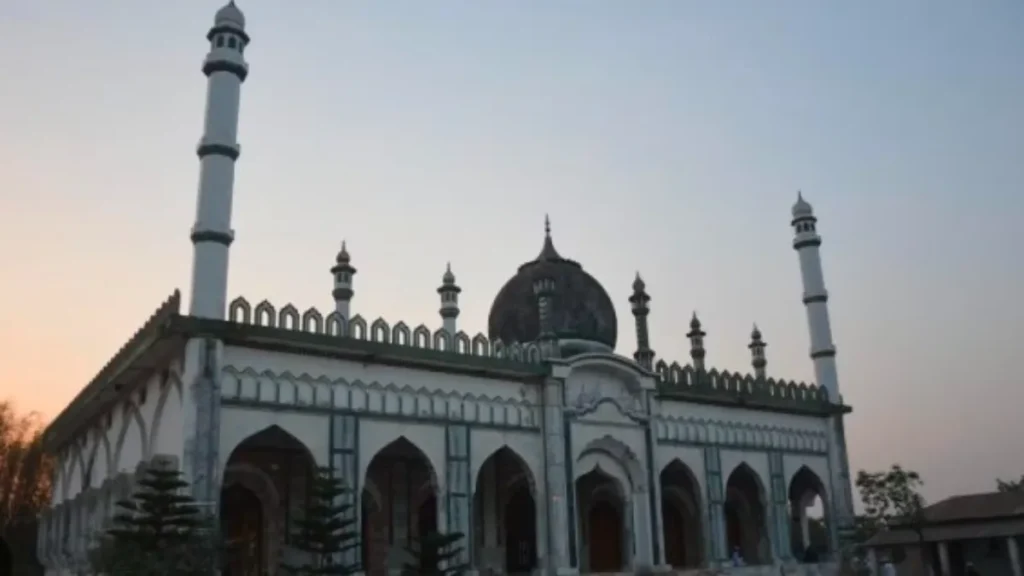Araria District: BIHAR
Araria District: Explore the cultural richness and historical significance of this diverse region in Bihar, India. Discover its heritage, geography, and potential for tourism.

Located in the northeastern part of the Indian state of Bihar, Araria District is a region steeped in rich cultural heritage and historical significance. Spanning an area of approximately 2,830 square kilometers, Araria is home to a diverse population, comprising various ethnicities, languages, and traditions. With its vibrant cultural tapestry, natural beauty, and historical sites, Araria is a place that has much to offer both residents and visitors alike.
Geography and Landscape
Araria District is situated in the floodplains of the Kosi River, which has significantly influenced its geography and agriculture. The fertile alluvial soil along the river supports the cultivation of various crops, making agriculture the backbone of the local economy. The district is also characterized by a network of small rivers, ponds, and wetlands, adding to its scenic beauty.
Cultural Diversity
One of the most striking aspects of Araria is its cultural diversity. The district is home to a mix of communities, including Hindus, Muslims, and indigenous groups like the Tharus and Santhals. This cultural mosaic is reflected in various festivals, traditions, and languages spoken in the region. Chhath Puja, Eid, and Holi are celebrated with great enthusiasm, showcasing the communal harmony that exists here.
Historical Significance
Araria has a rich historical heritage, with numerous ancient sites and monuments that bear testimony to its past. The district has witnessed the rise and fall of several dynasties, including the Mauryas and the Guptas. The ancient town of Thakurganj, with its archaeological remnants, is a testament to this historical legacy.
Economy and Livelihood
Agriculture forms the primary livelihood for the majority of the population in Araria. The district is known for its production of crops such as rice, wheat, maize, and jute. Apart from agriculture, the region is also witnessing growth in small-scale industries, trade, and commerce.
Education and Development
In recent years, Araria has made significant strides in the field of education and development. Government initiatives have led to the establishment of schools, colleges, and vocational training centers, providing educational opportunities to the youth. This has not only improved literacy rates but also opened up avenues for skill development and employment.
Challenges and Opportunities
While Araria has made progress in various aspects, it still faces challenges like inadequate infrastructure, healthcare facilities, and connectivity. However, these challenges also present opportunities for growth and development. Efforts are being made to improve road connectivity, upgrade healthcare services, and promote tourism to unlock the district’s potential.
Tourism Potential
Araria’s natural beauty, historical sites, and cultural diversity make it a promising destination for tourists seeking an offbeat experience. The Kosi River and its tributaries offer opportunities for boating and fishing. The ancient ruins, temples, and mosques provide a glimpse into the region’s history and architecture. With proper infrastructure and promotion, Araria has the potential to become a thriving tourist hub.
In conclusion, Araria District in Bihar is a land of diverse cultures, historical richness, and untapped potential. Its journey towards development and prosperity is ongoing, driven by the resilience and aspirations of its people. As infrastructure and opportunities continue to improve, Araria is poised to shine as a unique gem in the cultural and historical landscape of India.
Famous Places in Araria District
Araria District in Bihar, India, boasts a range of famous places that showcase its rich heritage, natural beauty, and cultural diversity. Here are some noteworthy destinations:
Thakurganj: This ancient town is steeped in history, with archaeological remnants that provide insights into its past. It’s a must-visit for history enthusiasts.
Kosi River: The Kosi River and its tributaries offer picturesque landscapes, making it an ideal spot for boating and picnics.
Madanpur Garh: Known for its scenic beauty, Madanpur Garh offers panoramic views of the surrounding landscape and is a favorite spot for nature lovers.
Banwari Mandir: A revered Hindu temple, Banwari Mandir attracts devotees from far and wide, especially during religious festivals.
Thave Mandir: Another ancient temple known for its architectural significance and religious importance.
Gupteshwar Dham: This temple complex is dedicated to Lord Shiva and features intricate carvings and a serene ambiance.
Simraha: A small town known for its vibrant markets, offering a glimpse into the local lifestyle and trade.
Jokihat: A historical town that was once a center of trade and culture, with remnants of its past still visible.
Forbesganj: A town known for its cultural diversity, Forbesganj is a melting pot of different communities and traditions.
Chakla: Famous for its scenic beauty and serene environment, Chakla is an ideal spot for those seeking tranquility.
These famous places in Araria District reflect the region’s cultural, historical, and natural treasures, making it a destination worth exploring for travelers and history enthusiasts alike.
Read More :-
